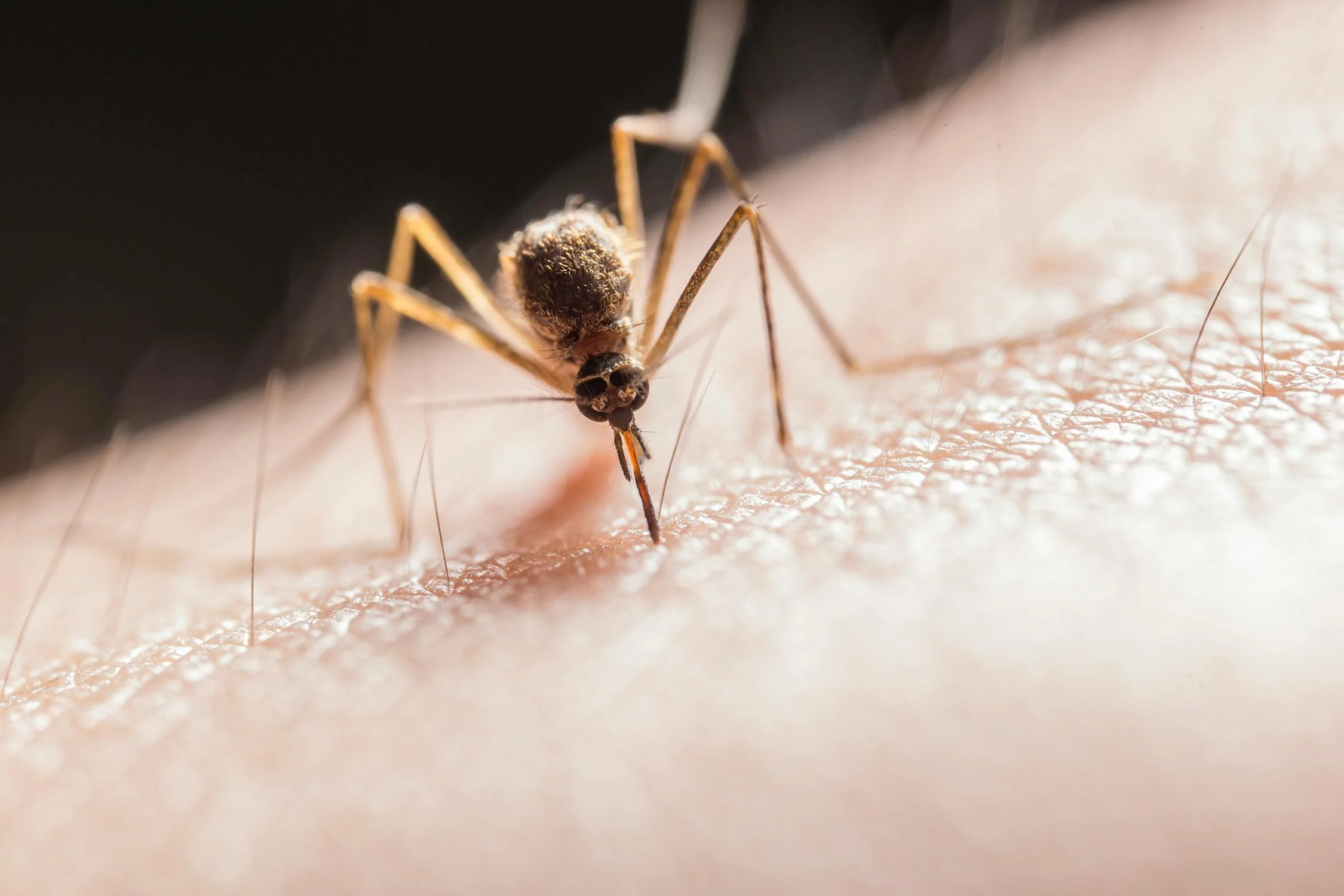With warnings of her outbreak, what do we know about West Nile fever?

Since the beginning of this summer, a number of countries, such as Spain, Italy, and Israel, have reported cases of West Nile HIV, the most recent being Jordan, which has reported the first case of a 6-year-old girl.
The West Nile virus is responsible for what is known as West Nile fever, which reaches humans through HIV-positive mosquito bites and is generally spread in Africa, Europe, the Middle East, North America, and West Asia.
The virus became known as West Nile when it was first discovered in the western region of the Nile, specifically in Uganda, in 1937.
How’s the virus transmitted?
Birds are the main carriers of the West Nile virus, and then they move to mosquitoes, where it takes several days to reach the mosquito saliva glands, which in turn transport them to humans when they bite them.
The virus is spread primarily through the sting of infected mosquitoes, which usually belong to the species of “tight mosquitoes,” which acquire the virus by feeding on infected birds, i.e., those carrying the West Nile virus.
West Nile fever, symptoms and treatment

Most people infected with the West Nile virus do not develop any symptoms. However, some individuals may experience mild flu-like symptoms, such as fever, headache, body aches, fatigue, and occasionally a skin rash. In rare cases, severe symptoms can occur, including high fever, neck stiffness, disorientation, coma, tremors, seizures, paralysis, and even death.
There is no specific treatment for West Nile fever. Most people with mild symptoms recover on their own with rest and supportive care. In severe cases, hospitalization may be required for close monitoring and treatment of complications.
Prevention is key to reducing the risk of West Nile fever. This includes using mosquito repellents, wearing protective clothing, and eliminating mosquito breeding sites around homes and communities.




